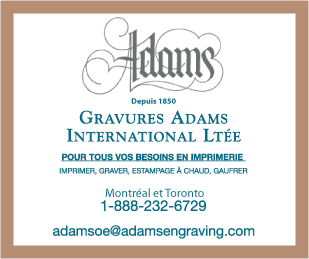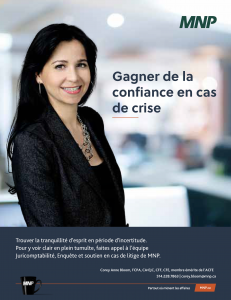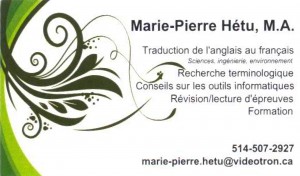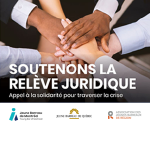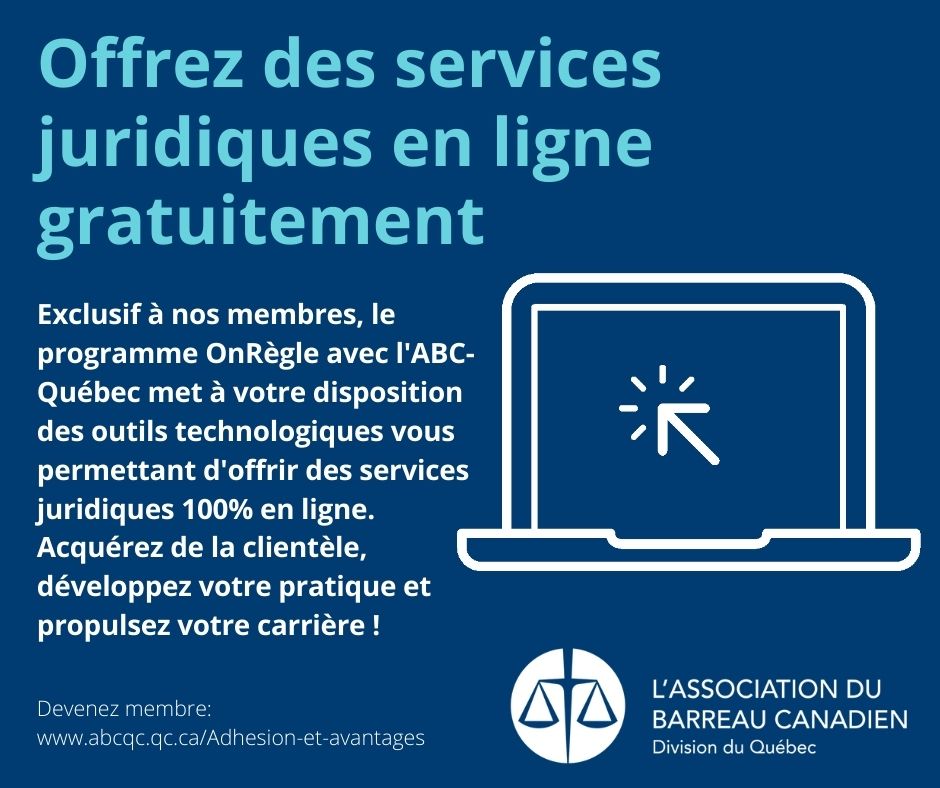100th Anniversary of the Montreal Municipal Court
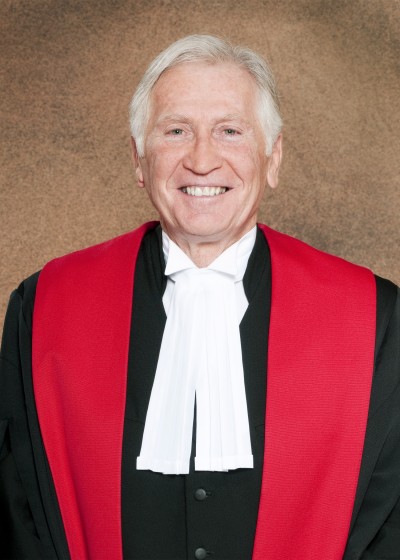
Mortom S. Minc, Juge-President
L’HONORABLE MORTON S. MINC JUGE-PRÉSIDENT COUR MUNICIPALE DE LA VILLE DE MONTRÉAL
12 NOVEMBRE 2013 MONTRÉAL, QUÉBEC
– Merci : – Madame la Juge en chef du Québec
– Madame la Présidente de Lord Reading Law Society, Heather Micheline
– Chères/chers collègues
– Members of the Bar
– Special thanks to your past president, Robin Schiller
On behalf of my colleagues Madame la Juge Nathalie Haccoun et Monsieur le Juge Richard Starck, I thank the Lord Reading Law Society for this privilege to present the Municipal court of Montréal.
In fact, I’m sure you already know about our Court, but perhaps you don’t know it well or perhaps you want to update your knowledge.
I promise to tell you briefly about its past to help you understand its present. As for its future … We’ll see if we have time.
So what is the ancestry of the Municipal Court of Montréal?
First, the Mayor’s Court:
In 1832, the first Charter of the City of Montréal was adopted. It incorporated the City of Montréal. In 1845, the Charter was amended for a second time to create “the Court of the Mayor”.
The Mayor and three councillors, armed with the powers of a justice of the peace, heard cases. No legal training was required! Administrative and judicial powers were combined!
The jurisdiction of the Mayor’s court extended to disputes concerning:
- The collection of taxes, including municipal taxes;
- Municipal infractions and regulations / by-laws concerning businesses, and by-laws affecting the day-to-day life of the city.
Next, the Recorder’s Court:
In 1851, the Charter of the City of Montréal was modified to create the Recorder’s Court.
The Recorder was a lawyer with at least 5 years of experience who was named to hold office (nommé par la Couronne selon bon plaisir) during the Queen’s pleasure. This was a considerable improvement since the Recorder had legal skills. This improvement, however, was overshadowed by the (bon plaisir) “Queen’s pleasure” that should not be confused with (durant bonne conduite) “during good behaviour”. The Recorder was therefore at the mercy of a political authority.
- The Recorder’s Court had a wide jurisdiction in civil and criminal matters, which increased over the years. In addition to the powers already enumerated, the power extended to disputes concerning the payment of wages to servants and workmen. The Court heard litigation in matters concerning housing, taxes, water rights, as well as cases of assault and resisting arrest of police officer in the exercise of their duties. Finally, it heard cases concerning crimes and misdemeanours, just like the (Cour des Sessions) Sessions Court.
- Later, the Court received two very special competencies: the power to commit the insane, and the power to place children under the age of 16 in homes and institutions.
- In 1864, the Recorder’s Court had its own clerk who was no longer the City Clerk. From that moment, the Recorder’s Court was an independent court, even though it continued to sit within the walls of City Hall. It played a central role at the City of Montréal because it touched almost every aspect of the life of Montrealers.
- The Constitution Act of 1867 did not affect its jurisdiction. The Charter of the City, which was amended in 1874, placed the Record’s Court under the authority of the Québec Legislature.
Have you an idea of what the annual salary of the Recorder might have been?
At first, wages were a minimum of 200 gold pieces. It quickly grew to 300 gold pieces and then, in 1880, the remuneration was fixed at 3,000 dollars per year.
When did the Office of Recorder become irrevocable during good conduct?
In 1885, the function of Recorder became (inamovible durant bonne conduite) irrevocable during good conduct.
This was an important step in the notion of contemporary judicial independence.
In what year did the Recorder’s Court move to 775 Gosford Street?
In 1914, the Recorder’s Court left City Hall and moved to its permanent home at 775 Gosford Street.
In 1933, the Charter provided for the position and function of Chief Recorder since the number of Recorders had increased greatly over the years.
In what year did the Recorder’s Court become the Municipal Court of Montréal?
It was in 1952. The Recorders became municipal judges and the Chief Recorder became known as the Chief Justice. There remained twelve to eighteen up until the date of the municipal mergers (territorial jurisdiction widened and the number of judges increased).
So, can we close this chapter on the history of the Municipal Court? What do you know of the Court?
How many judges of the Municipal Court of Montréal are there?
There are currently 32 judges who serve full-time at the Municipal Court of Montréal (almost 1/3 of our court are women and the average age is 56 years old).
Where and how often do judges sit at the Municipal Court?
Judges sit in the 14 courtrooms of the main courthouse situated in old Montréal and in the 7 courtrooms of the satellite courts (points de service) according to a rotation system. They sit two weeks and then they have a week of deliberations. There are sessions in the evening at the satellite courts to provide litigants in penal matters the opportunity to contest their tickets without losing their workday. All criminal cases are heard at the main courthouse. Penal matters (i.e. Highway Safety Code, statement of offences, etc.) are called upon every half hour to avoid long delay for the citizen (in groups of 8) (3 avec témoins).
What is the jurisdiction of the Judges of the Municipal Court of Montréal?
The judges of the Municipal Court have civil, penal and criminal jurisdiction in summary proceedings under Part XXVII of the Criminal Code. They are polyvalent (versatile) and required to be bilingual. I would add that their duties require them to be infinitely patient:
- patient because of the presence of interpreters (one hundred languages and dialects are translated annually);
- patient because of the increasing number of individuals who come before the Court without a lawyer;
- patient because of the increasing number of litigants and witnesses who have personality
disorders (i.e. mental health, homelessness, problem of alcohol and drug addictions.
What is the importance of social programs at the Municipal Court of Montréal?
Social programs occupy a very important place in the exercise of the function of judges. Every social program requires the involvement of judges. Some programs already have judges who have shown interest and expertise and are assigned to courtrooms dedicated to these programs, but always with the assistance of team of intervenants (i.e. specialized prosecutors defence counsel and caseworkers.
It is “time consuming” but very rewarding to follow a litigant who, little by little, thanks to the programs offered by this Court, through voluntary commitment and with the support of the intervenants, straightens out the course of his or her life.
What are the current social programs?
- Program of domestic violence (Programme de Violence Conjugale), which on the one hand, allows the complainant to be followed by a team of social workers, and secondly, affords the defendants, resources to follow anger management or domestic violence programs whilst the judicial proceedings go on;
- Conciliation programs that address conflicts between neighbours, employers, employees, owners and tenants, who are afforded an opportunity at a later date to resolve their differences by a negotiated settlement;
- The Programme Point Final aimed at repeat offenders who drive while impaired and voluntary enter this rehabilitation program rather than face obligatory prison time;
- The Eve Program (associated with the Elizabeth Fry organization) that assists to women offenders who shoplift or commit fraud, with the goal of rehabilitation and decriminalization;
- The PAJIC program (Court for the homeless) that assists to the homeless who wish to move away from homelessness and address the infractions they have accumulated whether they be criminal and/or penal offences;
- The PAJSM program (Mental Health Court) that assists to defendants with mental disorders who volunteer for support;
- The PAJMA program (Elder Abuse Court) that caters to seniors who are victims of crime.
Conclusion as to the present of the Municipal Court of Montréal
At the Municipal Court of Montréal, we feel we understand the needs of the population:
- We have seen a significant increase in the multiethnic character of Montréal and we try to render a justice that satisfies its multicultural nature);
- We have always served the most vulnerable members of Society (i.e. the poor, the uneducated and elderly);
- We are a laboratory of observation which has seen the human suffering caused by alcohol, drugs and mental illness;
- We have become a social clinic that offers a variety of resources in order to curb the effects of these individual plagues that damage families and neighbourhoods;
- We play a significant role in directing individuals to the appropriate program. As soon as charges are authorized by prosecutors, the files are sent to a specific program tailored to the needs of the defendant, the victims and the family;
- All of these programs are voluntary;
- We aim for consensus and we pride ourselves on respecting the rights of the individual.
How many penal and by-laws were contested in 2012? Approximately 60,000 cases.
How many criminal cases were commenced in 2012? Approximately 15,000 cases.
There you have the description of the current Municipal Court.
Now a few minutes to talk about its future?
We have been preoccupied with the needs of the accused but what of the victims and their families. To this end, we will welcome the presence of a service known as CAVAC (Crime Victims Assistance Centre). An office with a caseworker of CAVAC will be located within the walls of our court. We are currently in the process of finalizing this project.
I will briefly say that I think very soon, we will welcome an office with a representative of CAVAC. This is a resource that is lacking at our Court. We are currently finalizing the project.
For the moment, we are developing a program to receive seniors who are victims of crime. As you know, the elderly have little tendency to complain and even less to go to Court when their abusers are relatives. Physical abuse, psychological and financial abuse are scourges of society that hide in the darkness and silence people who are already vulnerable due to their age, physical health and generosity. We need to find ways and resources adapted to help the victims and alleviate their difficulties.
Other programs will probably be developed as new issues, unfortunately constantly arise.
There is a very busy future ahead. In this regard, I invite those who are still hesitant, to apply for the positions of judges which have just opened.
On behalf of my colleagues and myself, we are committed to welcoming you warmly.






